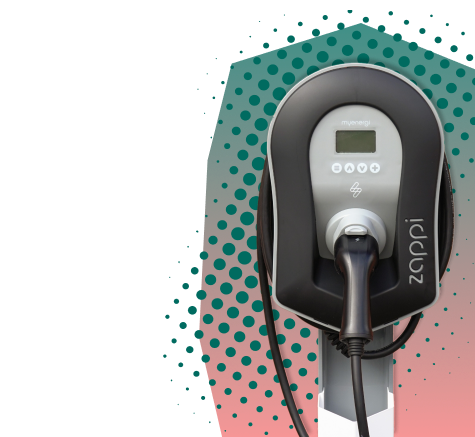What is a GreenTech Hub and why is it important to become one?
Before we take a closer look at if and how Australia could become the next GreenTech Hub, we must ask ourselves: what is a GreenTech Hub and why is it important to become one?
A GreenTech Hub is not to be confused with a Sustainable City or Community, though they do tend to overlap. Sustainable Communities are environmentally sustainable in terms of cleanliness and efficiency and they integrate environment-friendly practices, technology, and green spaces into the urban landscape. When we talk about GreenTech Hubs, we are referring to a community, whether country or city, which is at the center of developing and attracting GreenTech initiatives, startups, and businesses. A GreenTech hub will have the necessary conditions for these organizations to thrive: government support and incentives, an economic framework to support their capital-raising needs, a community of tech adopters or consumers, and a pool of skilled talent.
While this might be obvious, aiming to become a GreenTech Hub should be at the top of a country’s agenda as the creation, development, and implementation of Green and Clean Technology will help us get one step closer to a sustainable life while stimulating the economy, creating jobs, and attracting financial capital.
So, how is Australia doing so far?
Australia has repeatedly affirmed its commitment to reach its net-zero emission target by 2050 and to become a leader in green scalable technologies. However, according to the Green Future Index, a research program by MIT Technology Review that ranks 76 economies on their ability to develop a sustainable and low-carbon future, Australia was ranked 54th in 2022. While this means progress is still slow and inconsistent, it also means there is much room for breakthroughs and plenty of windows of opportunity for businesses.
According to TechBoard’s Australian Startup Funding Review 2022 report, private investment for CleanTech’s amounted to $281 million AUD and $167 million AUD for AgriTech. For context, FinTech garnered the most private investment with $1.2 billion AUD. There were 27 foreign investments in CleanTech and 15 in AgriTech, the majority coming from the United States. According to Australia’s Tech Council, 26% of Australia’s startups focus on energy and the environment, and they noted that Australia excels at creating startups in dominant areas of the traditional economy (Mining, Lending, Agriculture).
This leads us to talk about areas of improvement. Australia is among the top 10 countries with the most natural resources in the world, which can be a double-edged sword in the race to become a GreenTech hub. Australia is rich in coal, copper, oil, and natural gas, but the country’s continuous investments in resource extraction industries and an economy which relies heavily on it are why they are considered “climate laggards” by the Green Future Index.
On the flip side, Australia’s AgriTech, sustainable transportation (Electric Vehicles), and energy tech sectors show great promise. Last year, RLF AgriTech debuted on the ASX after an $8.5M IPO. My Net Zero, a climate advisory tech platform, was acquired by LiveTiles for approximately 10 million. EnVizi, a data analytics software for sustainability and energy, was acquired by IBM in early 2022 for an undisclosed amount.
The road ahead
Historically, tech hubs develop and thrive where incentives exist, such as grants, tax incentives, and regulations that encourage sustainable practices. Last year, the Albanese Government announced a $500 million AUD investment in the Powering Australia Technology Fund to also leverage capital from private investors. Besides grants and government support, partnerships are another avenue that is worth exploring. Whether that is with local government, research institutes, or other businesses, partnerships would allow startups to tap into knowledge, expertise, and a customer base. Research and development are other areas to focus on in the future as Australia is not currently among the top countries filing for green patents.
In addition to existing challenges, GreenTech’s Down Under now also have to navigate an economic downturn where capital raising has slowed down and focus has shifted from growth at all costs to profitability. One of the topics on everyone’s mind is also the contrast when it comes to talent: mass layoffs in the general tech sector on one hand, and a war for talent Down Under on the other. Finding the right candidate to meet the organization’s needs will be essential for GreenTech’s in 2023.
The Land Down Under certainly must overcome some challenges if it is to become a GreenTech Hub, but Storm4 is here to help.
Whether it’s AgriTech, EV, or any subsector of Green Technology, Storm4’s mission is to support Australian businesses and the Australian GreenTech ecosystem in their journey to success. We work with startups and businesses in the sector on a mission to positively impact the environment. We specialize in connecting the best GreenTech talent across APAC, Europe, and North America.
Get in touch to learn more and follow our LinkedIn for regular insights on everything GreenTech.











